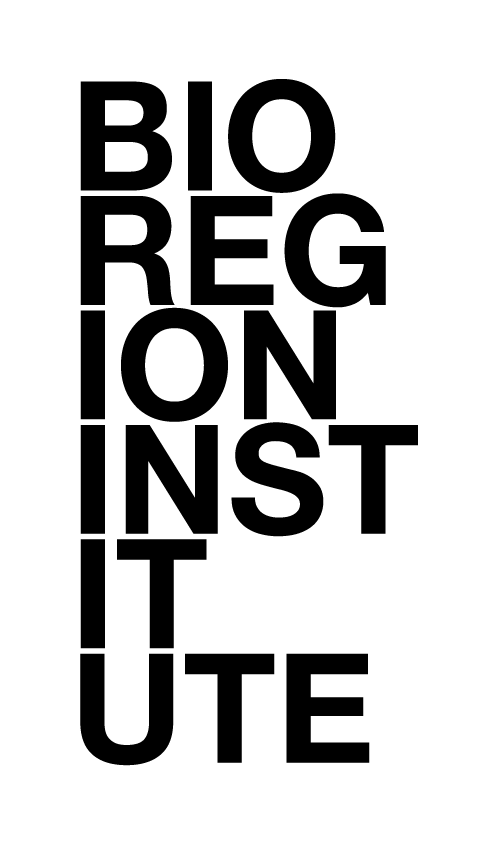Bioregion Vestland
Oil-based plastic is one of the biggest environmental challenges of our time. In 2019, the carbon footprint from the production of oil-based plastics amounted to 890,000 tonnes of CO2, or as much as 189 coal-fired power plants. Only 9% of all plastics produced will be recycled. Microplastics pollute the oceans and release chemicals throughout the food chain. At the end of the product cycle, these non-degradable materials create enormous waste problems and are harmful to animals, fish, birds and entire ecosystems.
Source: The report “Plastic and Climate” from CIEL
How can we make the best possible use of the resources in Western Norway and use these to create circular value chains that are both sustainable and profitable – which can also create solutions that replace our plastic consumption? This was the starting point for the project Bioregion Vestland, which was initiated from Design Region Bergen in 2019.
The design team and partners mapped and mobilized participants in various arenas, included company visits in Vestland county during the project period. The goal was to get to know stakeholders and participating companies in the region. We map biomass resources and found that 415,000 tons organic residual raw material annually for to potential exploitation, (from Norwegian agriculture, 2019)
For instance 4,000 tons of wool, stored in 16 classes.
Even low-value wool has impressive properties: moisture-transporting, full of nutrients, ability to bind water, antiseptic, stores C02, heat-insulating, fire-retardant and is degradable. By using all the natural properties of wool in several interior modules for buildings, from insulation to boards, from tiles to floors, new use of this unused raw material creates healthier buildings and interiors.
It is possible to transform and give the residual raw materials new uses. Based on knowledge of needs and issues across disciplines and industries for business participants: in the areas of wood, agriculture, marine, micro- and macroalgae, coffee, slaughterhouse, wool and dairy, we found strong insights that became fundamental to understanding obstacles and opportunities to replace fossil plastics.
The critical amount of organic waste in nature is harmful, and it also in the industrial amount of the raw materials that the possibile exploitation can make new business.
Many residual raw materials gain new value with simple transformation. We must take low-tech knowledge seriously, in the same way as high-tech, in order to find solutions to the complex sustainability problem.
As a result from Bioregion Vestland, the design team formed a design-run interdisciplinary department to generate bioeconomic innovation value chains; Bioregion Institute.
Categories
Bioregion
Circular industry
Delivery
Transformative design
Design Thinking
Scenario building
Biomass mapping
Timeline
September 2019 – June 2020
Type
Early phase project
Client
Design Region Bergen
Financing
Vestland County
County Governor of Vestland


